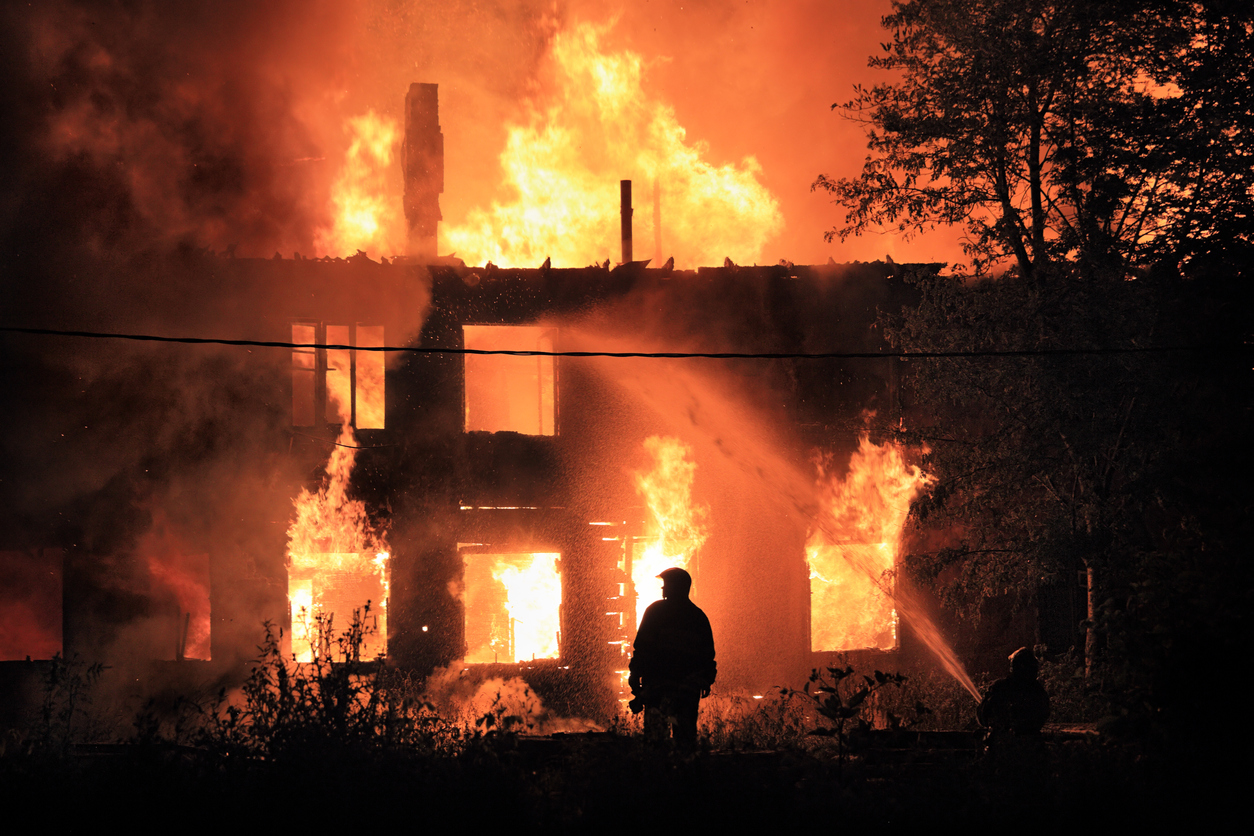Although those property damages are huge, they're only part of the cost of California's now year-round fire season, which seems to grow worse each passing year. The death toll is now 44 and climbing from two concurrently burning fires: Northern California's Camp Fire and Southern California's Woolsey Fire. An estimated 200 people remain unaccounted for and are possibly lost.
The Camp Fire, which decimated the town of Paradise, has burned roughly 117,000 acres and is only about 30 percent contained. An estimated 435 structures have been destroyed in the Woolsey Fire west of Los Angeles, where another 57,000 buildings are believed to be threatened. This fire, which is also only 30 percent contained, has burned more than 90,000 acres in upscale communities near and on the California coast.
It's impossible to tally the total cost of 2018's fire ravages, which actually began in December 2017 with the infamous Thomas Fire that lasted until June of this year. It was the largest fire in state history at the time. But it's clear that 2018 will be worse than last year.
Total costs then were estimated at $180 billion, or more than twice as much as the worst U.S. hurricane -- Katrina in 2005 -- which devastated New Orleans and cost $81 billion in property losses. The 2017 California fire figure included insurance losses, state and federal fire suppression, recovery expenditures, mudslides and the loss of wineries throughout Napa and Sonoma counties.
This year's California wildfires are likely to burn into December before they're totally contained. The Woolsey Fire has forced wealthy sections like Malibu and Thousand Oaks to evacuate. Approximately 300,000 people have been forced from their homes statewide.
"Due to the unpredictable nature of wildfires and the presently evolving disaster," CoreLogic, which analyzes the damage down to individual ZIP codes, said it couldn't predict how many homes would actually burn, adding that not all structures would sustain damage. However, more than 6,700 homes and businesses have already been lost.
Impact on real estate
In addition, smoke and ash are likely to spread in a large swath across the state, affecting homes, heating, water supply and ventilation, while creating respiratory problems even where no fire occurred. At last night's National Football League game in San Francisco between the 49ers and the New York Giants, players used oxygen.
California is the country's largest real estate market. Experts have said each fire compounds the cost of recovery and reconstruction. That makes it harder to find another home, driving up housing prices and causing materials and construction costs to soar. That could cause the cost of the average California home -- now valued at $440,000 -- to spiral upward. Typical rents in the state are already 50 percent more than the national average.
President Donald Trump has approved a disaster declaration for the state, the 11th this year. It allows the Federal Emergency Management Agency to provide financial and physical assistance to areas devastated by fire, winds, flood and other natural disasters.













